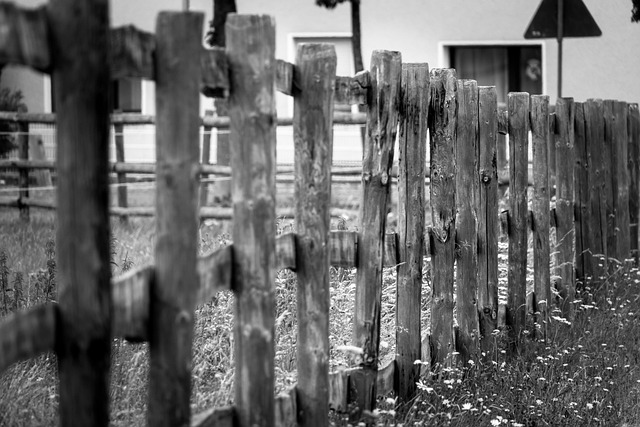New Bedford, MA residents increasingly seek eco-friendly fencing options that blend aesthetics with environmental responsibility. This article explores the diverse range of sustainable fencing materials available in the region, delving into their benefits for both properties and the local ecosystem. We’ll guide you through the installation process and offer maintenance tips to ensure your green fence thrives, enhancing your outdoor space while promoting a greener New Bedford.
- Exploring Eco-Friendly Fencing Options in New Bedford
- Benefits of Sustainable Fencing for Your Property
- Popular Materials for Environmentally Conscious Fencing
- Installation and Maintenance Tips for Green Fences
Exploring Eco-Friendly Fencing Options in New Bedford
In New Bedford, MA, exploring eco-friendly fencing options offers a harmonious blend of environmental responsibility and aesthetic appeal. The city’s commitment to sustainability extends beyond words, with numerous materials available that not only reduce the carbon footprint but also enhance the beauty of residential and commercial spaces. One such option is recycled plastic fencing, which is durable and requires minimal maintenance, making it a practical choice for homeowners seeking both style and functionality. These fences are crafted from post-consumer plastics, diverting waste from landfills and reducing the demand for new materials.
Additionally, natural materials like bamboo, wood from sustainably managed forests, and hemp offer unique and visually pleasing alternatives. Bamboo, known for its rapid growth and strength, provides a sustainable and attractive fencing solution. Wood from certified forests ensures that the product is sourced responsibly, contributing to the health of local ecosystems. Hemp, a fast-growing plant with remarkable strength-to-weight ratio, offers an eco-friendly option that can be woven into stylish fences, adding a touch of rustic charm to any property in New Bedford.
Benefits of Sustainable Fencing for Your Property
Sustainable fencing materials offer numerous benefits for your New Bedford property, contributing to both its aesthetics and environmental health. One of the primary advantages is their eco-friendly nature; these materials are typically made from recycled or renewable resources, reducing waste and the carbon footprint associated with traditional fencing production. This not only conserves natural resources but also supports a circular economy, where products are reused and repurposed.
Moreover, sustainable fencing can enhance your property’s value and appeal. Natural, organic materials like bamboo, reclaimed wood, or plant-based composites exude a unique charm and beauty, adding character to your outdoor space. These fences often require less maintenance than conventional options, saving you time and money in the long run. They are also durable and resilient, designed to withstand harsh weather conditions, ensuring longevity and minimizing the need for frequent replacements.
Popular Materials for Environmentally Conscious Fencing
In New Bedford, MA, as environmental consciousness grows, so does the demand for eco-friendly fencing materials. Among the most popular choices are recycled plastic and wood composite. Recycled plastic fences offer durability and low maintenance, with materials often made from post-consumer waste like bottles and packaging. Wood composite, on the other hand, combines reclaimed wood fibers with plastic binders, providing a strong, long-lasting barrier that’s naturally resistant to rot and pests.
Both options significantly reduce the carbon footprint compared to traditional vinyl or metal fencing. They are not only sustainable but also aesthetically pleasing, available in various colors and styles to complement any landscape design. Additionally, these materials offer cost-effectiveness over time, as they require less maintenance, repair, and replacement than conventional fences.
Installation and Maintenance Tips for Green Fences
When installing an eco-friendly fence, proper planning is key. Start by assessing your property’s unique needs and selecting a suitable material that aligns with your environmental goals. Consider factors like climate, sunlight exposure, and nearby vegetation to ensure the best results. Before setting posts, familiarize yourself with local regulations regarding fencing to avoid any legal hurdles.
Maintenance is minimal for these sustainable fences but regular cleaning and occasional repairs are essential. Remove debris, such as leaves and twigs, that may accumulate on top of the fence. Check for loose panels or posts and tighten connections using appropriate tools. A simple pressure wash can keep your green fence looking pristine while preserving its integrity, ensuring it continues to provide both environmental benefits and aesthetic appeal for years to come.
